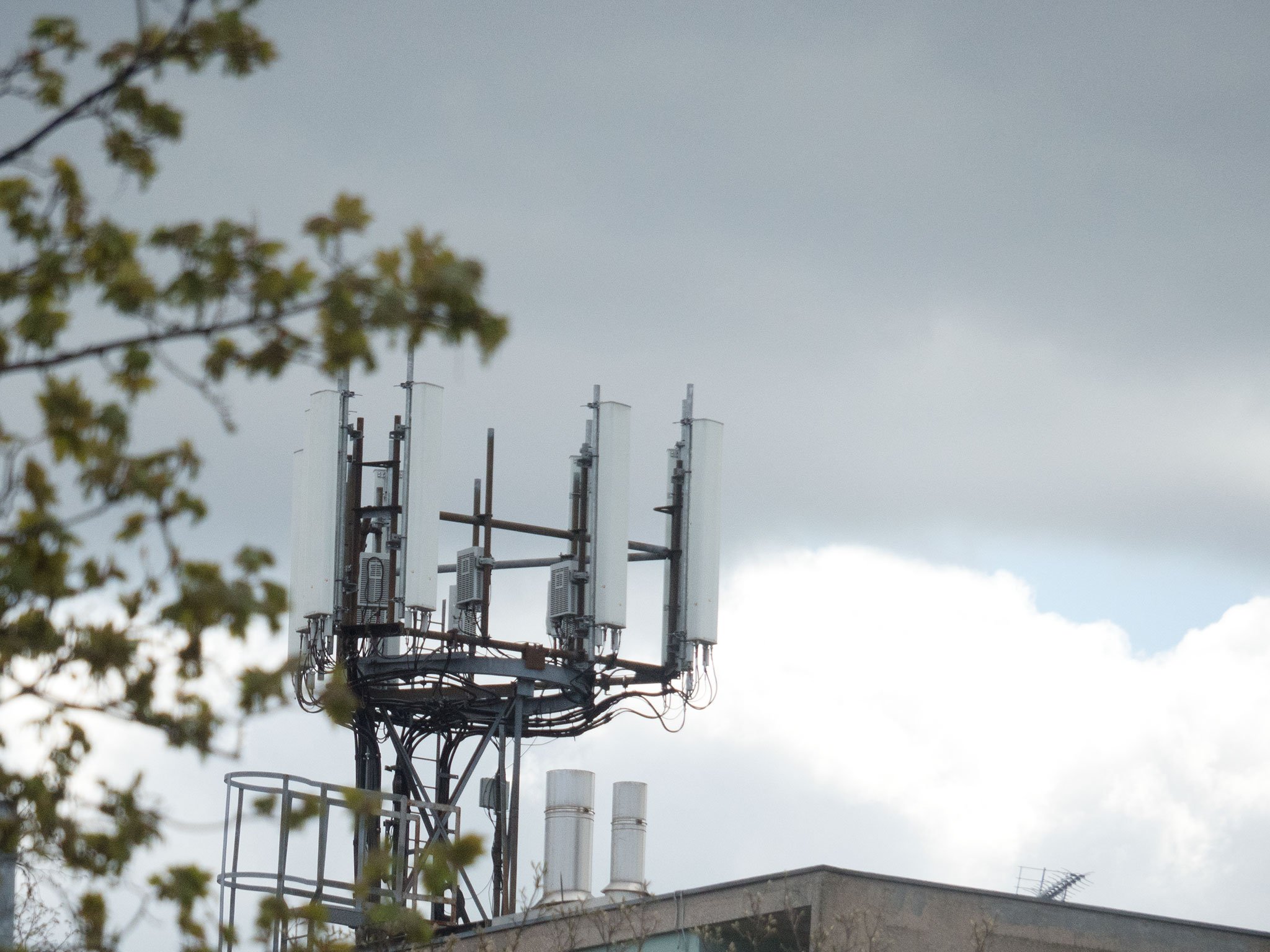While some places are ramping up for 5G, rural America will still be the same problem it's always been for carriers.
You probably knew that places like Western Nebraska are still waiting for 4G LTE to arrive, but did you know there are places in rural Kentucky that have no internet service at all? It's true; Kentucky's Chief Information Officer Charles Grindle recently said that 20% of his state is still without any type of internet access. He's hoping that 5G will be the answer the state has been waiting for, eventually bringing broadband coverage to all Kentuckians.
Rural Nebraska and Kentucky aren't the only places in North America still waiting for broadband coverage, though few populated places are completely uncovered. It's pretty easy to get a good idea about where the U.S. lacks coverage by looking at Verizon's coverage map. You'll notice that those white holes in the red map usually align with places like mountains or deserts (or both — hello Nevada) where there are few roads let alone homes and communities. But on the fringe where red meets white, you'll find rural Americans who are still waiting for good internet. Or any internet at all.
It's been touted that 5G is the answer to get broadband internet service to rural parts of the U.S., but like everything else, it isn't that simple. 5G has the potential to cover everyone in the United States because it's deployed so differently to current broadband solutions like cable and satellite (and fiber, but that's still a pipe dream for most of the world), and the equipment used for a cell "tower" is much smaller and cheaper to build and deploy than running wire.
This will allow for planning a 5G network not only in places like Chicago or Los Angeles but Western Washington and Appalachia, too. Narrowband 5G can also connect up to 100-times more clients than existing tech and has 10-times the range. It sounds like the answer.
To become the answer, though, a few other things need to be discussed. The biggest hurdle, according to industry partners ready to profit by providing 5G access, is spectrum licensing. While the narrowband 5G mentioned above does have 10-times more range than existing services can provide, a more realistic look using the spectrum available and messy standards we have now mean you would need a small-site 5G station spaced only a few hundred feet apart according to NTCA Senior VP of Industry Affairs Michael Romano.
It is important to take realistic stock of whether, when, and to what degree 5G services will be available on a widespread basis in rural America. A technical paper released last year found that the full promise of 5G capability can only be realized in rural America if small cells are placed every several hundred feet apart, and it will take significant amounts of backhaul capacity–'densification' of fiber–to manage the data loads that 5G is hoping to handle.
Backhaul, it seems, is still the biggest problem when it comes to deployment of any data-intensive network. Backhaul is the big fat pipe that traverses the entire network and allows the little pipes, like the ones that would feed Detroit or Memphis, to get the same data at the same speed from the same places. It's not glamorous and that means it's not something you'll see mentioned in a commercial or ad on a website. But it is the core that every single data network relies on.
T-Mobile wants to use Sprint as backhaul for a 5G network. It's better than nothing.
Backhaul can be land-based wire or fiber or it can be microwave transmission. Even Sprint's now-defunct WiMax network can be transitioned into a point-to-multipoint backhaul platform, which is probably why T-Mobile wants it right now. Some types of backhaul are better than others — cable or fiber is much better than microwave transmission when it comes to the amount of data that can be transferred at one time, though new technology (that's the obscure QAM rating you'll sometimes see mentioned) is narrowing that gap significantly. What really matters is that the backhaul has to be there unless we want a shoebox-sized 5G carrier station every 200 feet along the side of the road and a mesh-like peer to peer based 5G network feeding everyone who lives outside a major metro area.
Neither option is going to be very profitable for companies like Verizon and AT&T which need to build those fat data pipes of backhaul. If nothing changes with the way spectrum is licensed and auctioned, rural America will be waiting for 4G or fiber until it becomes less rural and filled with enough customers to justify the cost.
Right now, 5G for America is a big ball of red tape and guys in expensive suits.
All of this is no secret. The FCC and telecommunications lobby both know that as much of the 5G suitable spectrum as possible needs to be auctioned off if we want the U.S. to be blanketed with fast and reliable internet. But like everything else that's tied to the government, it's a quagmire filled with red tape and special favors and legislators who have no clue what they want or why they are asking for it. Special interest groups, of course, want to say they know what's best and get the company they are funded by the best deal, and everyone sits in meetings that do little to advance the situation then push out five-minute soundbites blaming someone else for the problems that will happen before they actually happen.
5G could be the solution to get data and information services to everyone in America. And that's what is important — everyone, regardless of their situation, deserves access to information as part of the base of Maslow's hierarchy of needs. In 2018 and beyond, you simply can't belong or have esteem without it. But I fear that nothing will change enough to make a difference and the have-nots will still go without.
from Android Central - Android Forums, News, Reviews, Help and Android Wallpapers







0 comments: